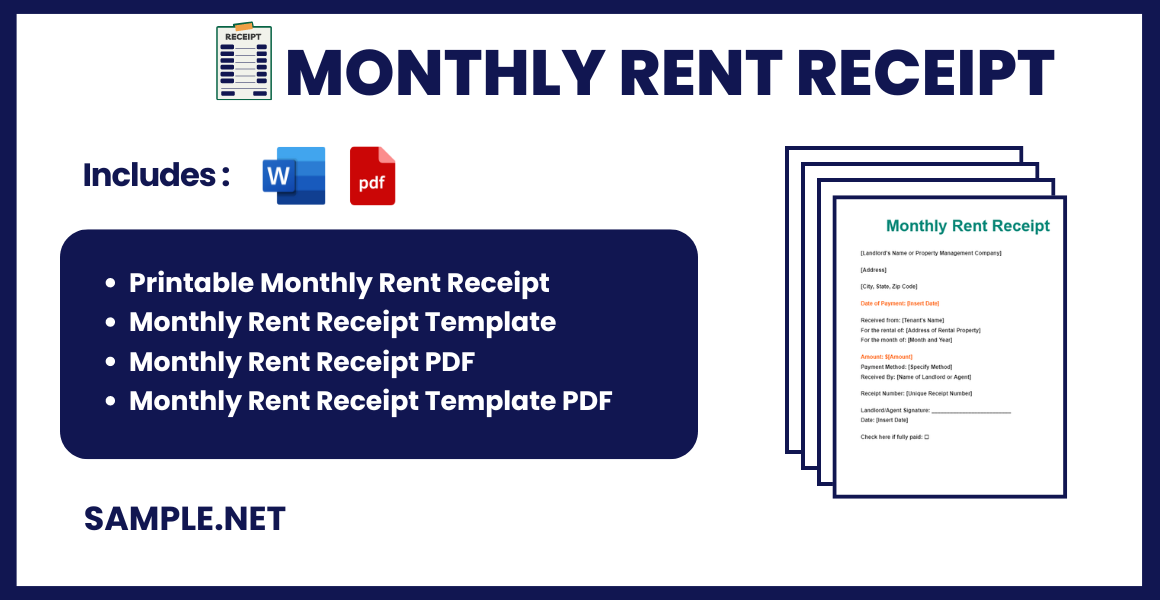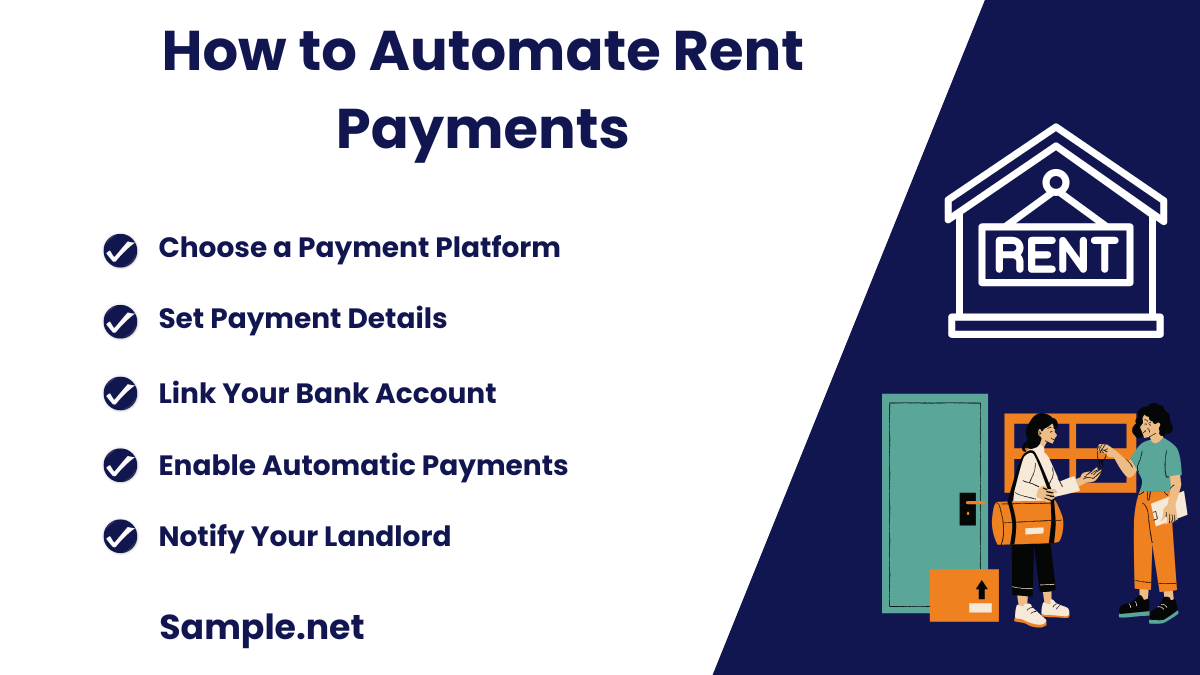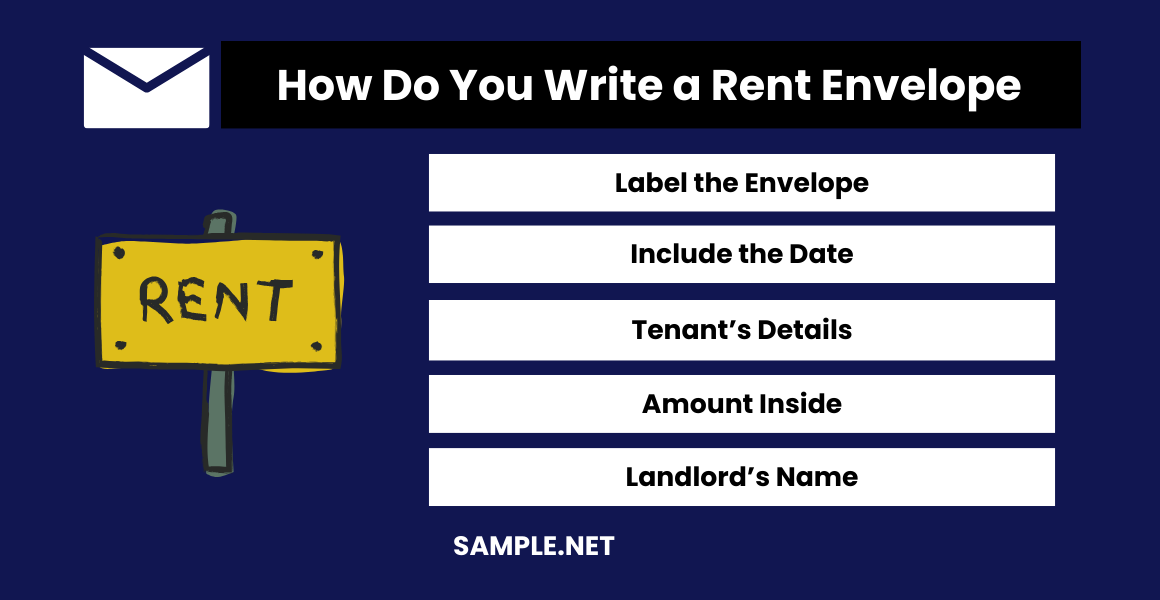Monthly Rent Receipt Samples
-
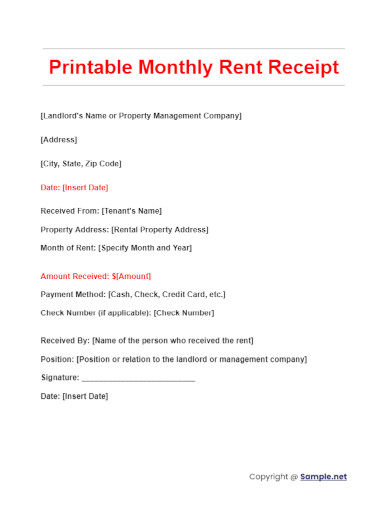
Printable Monthly Rent Receipt
download now -
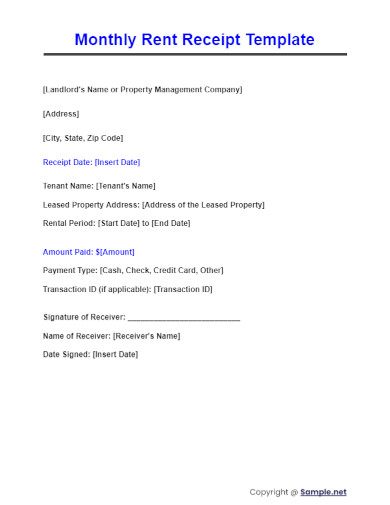
Monthly Rent Receipt Template
download now -
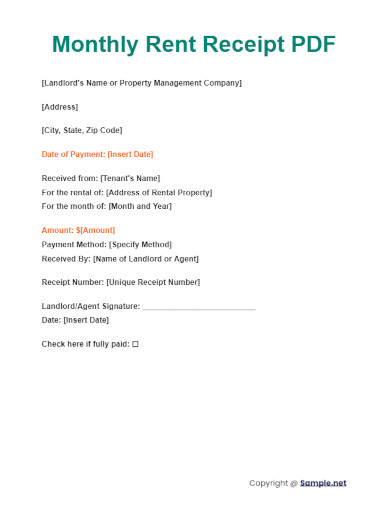
Monthly Rent Receipt PDF
download now -
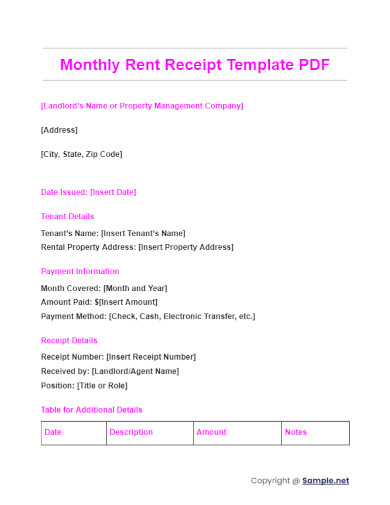
Monthly Rent Receipt Template PDF
download now -
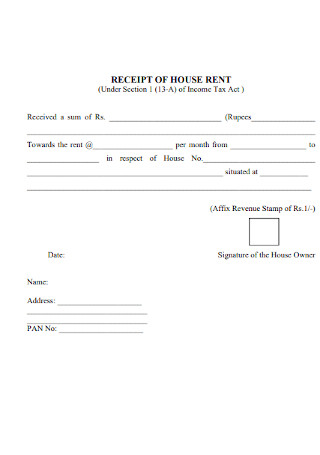
Monthly House Rent Receipt
download now -
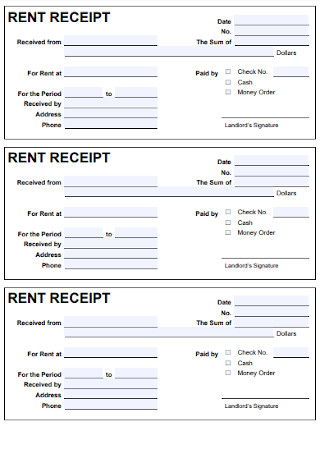
Sample Monthly Rent Receipt
download now -

Monthly Rent Deposit Receipt
download now -
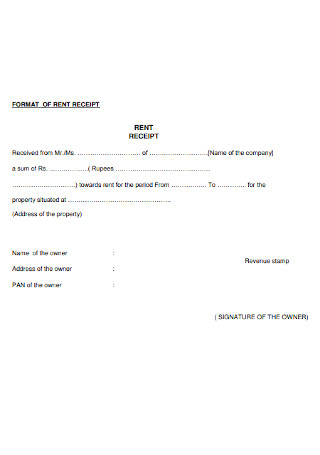
Monthly Rent Receipt Format
download now -
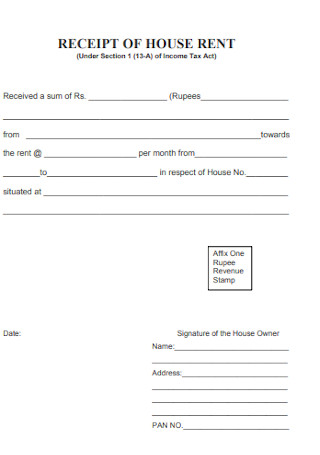
Monthly Receipt of House Rent
download now -
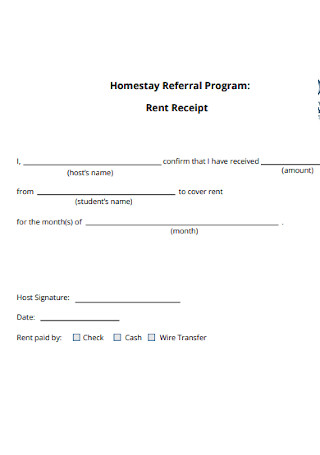
Monthly Program Rent Receipt
download now -
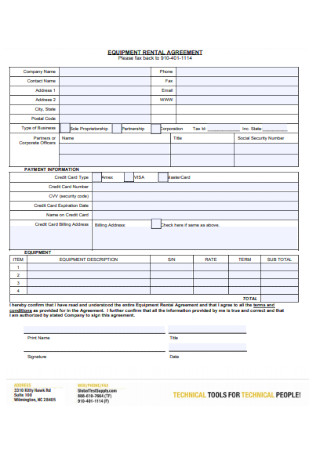
Equipment Monthly Rental Receipt
download now -
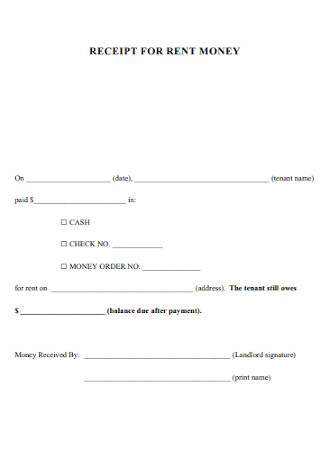
Receipt for Rent Money Template
download now -

Monthly House Rent Certification Receipt
download now -
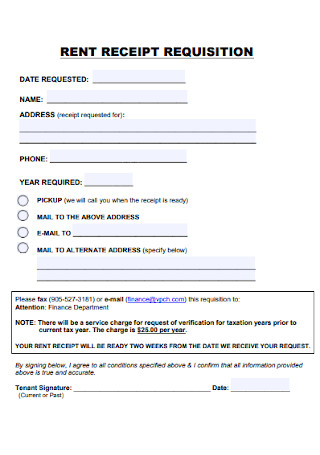
Rent Receipt Requisition Template
download now -
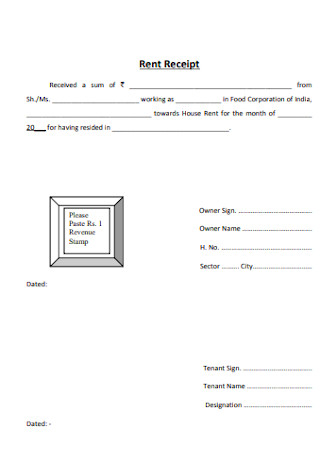
Formal Monthly Rent Receipt
download now -
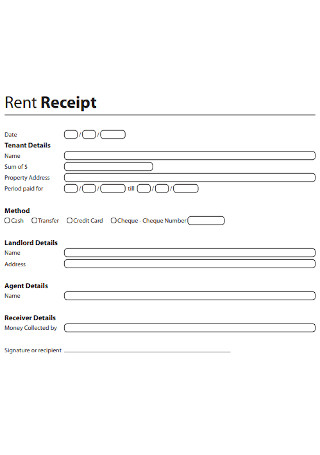
Monthly Service Rent Receipt
download now -
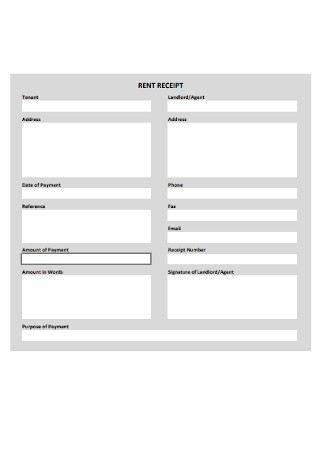
Simple Monthly Rent Receipt Template
download now -
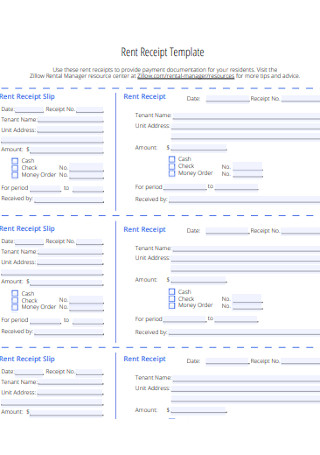
Monthly Rent Slip Receipt Template
download now -
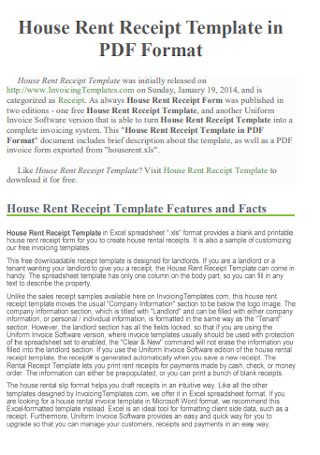
House Rent Receipt Format
download now -
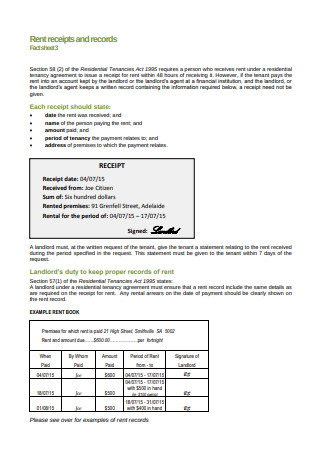
Rent Receipts and Records Template
-
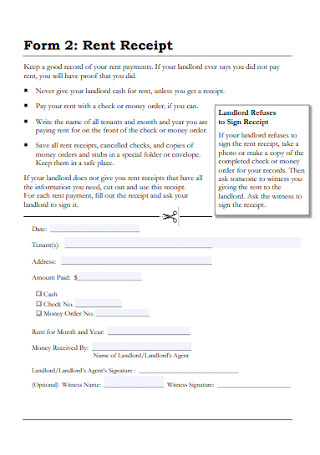
Monthly Rent Receipt Form
download now -
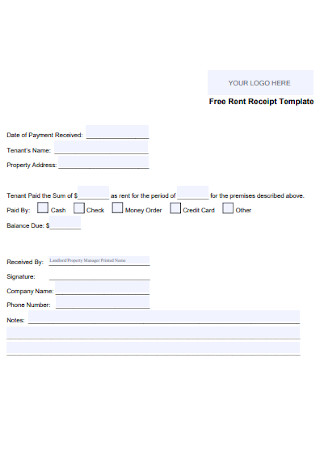
Free Rent Receipt Template
download now -
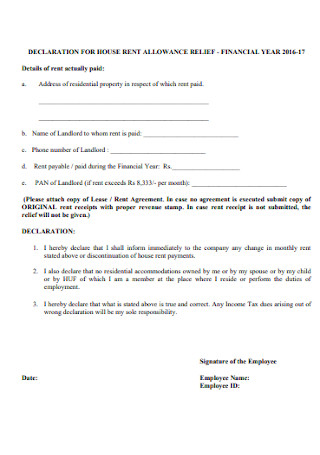
Monthly House Rent Allowance Receipt
download now -
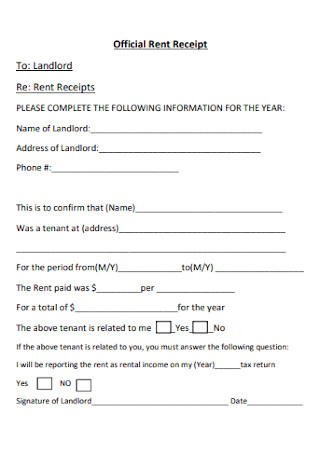
Monthly Official Rent Receipt
download now -

Monthly Rent Received Receipt
-
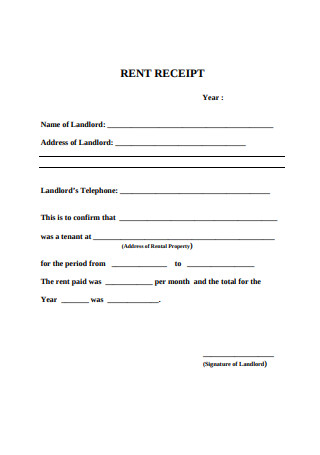
Annual or Monthly Rent Receipt
-
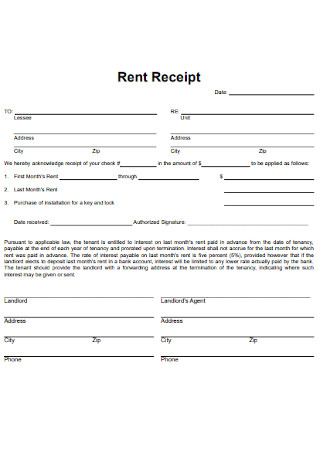
Standard Monthly Rent Receipt
download now -
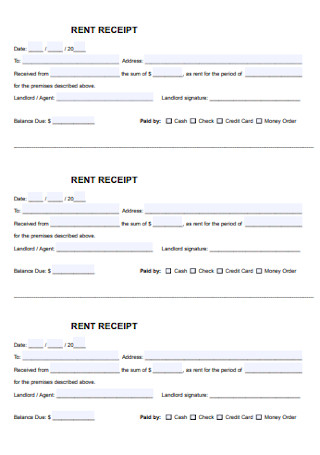
Monthly Property Rent Receipt
download now -
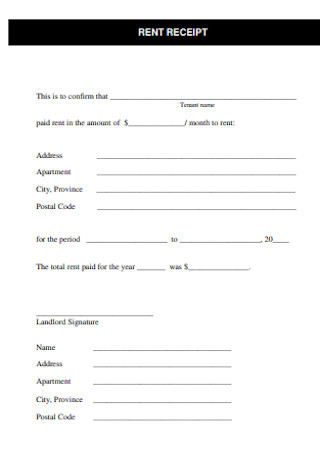
Formal Monthly Rent Receipt Template
download now -
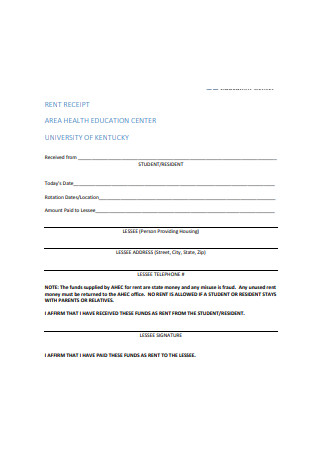
Rent Receipt of Education Centre
-
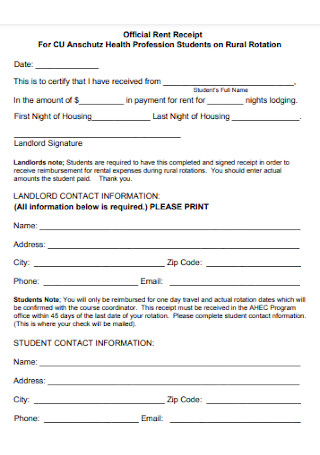
Official Medical Campus Rent Receipt
download now
FREE Monthly Rent Receipt s to Download
Monthly Rent Receipt Format
Monthly Rent Receipt Samples
What is a Monthly Rent Receipt?
Why Is a Receipt Important to a Business?
Elements of a Monthly Rent Receipt
How Do You Create a Monthly Rent Receipt?
What other business records should I keep?
When to use a receipt?
What counts as a rent receipt?
How Do I Make a Receipt for Rent?
How Do I Automate My Rent Payments?
How to Write a Receipt for Rent Payment PDF?
How Do I Write a Handwritten Rent Receipt?
What is Legally Required on a Receipt?
How Do You Write a Rent Envelope?
How Do I Fill Out a Receipt?
Should I Get a Receipt When I Pay Rent?
Is a Receipt Legal Proof of Payment?
What Document Showing Proof of Payment?
How to Write a Receipt for Cash Payment?
What is a Proof of Payment Receipt for Rent?
Is Receipt an Income or Expense?
What to Do if Someone Refuses to Give You a Receipt?
Download Monthly Rent Receipt Bundle
Monthly Rent Receipt Format
Header
- Date of Issue
- Receipt Number
Landlord Information
- Name
- Address
Tenant Information
- Name
- Rental Property Address
Payment Details
- Month of Rent:
- Amount Paid:
- Payment Method:
- Payment Date:
Signature
- Landlord’s Signature:
What is a Monthly Rent Receipt?
A monthly rent receipt is a written acknowledgment provided by the landlord or property manager to a tenant after receiving rent. This document typically includes the date of payment, the amount paid, the rental period covered by the payment, and the method of payment. It serves as proof for tenants that their rent has been paid and for landlords to keep track of received payments. Rent receipts are essential for financial record-keeping and can be crucial in legal situations or tax preparations. They help ensure transparency and accountability in rental transactions.
Giving out receipts is not just a vendor-consumer thing, it is also issued in business-to-business transactions, stock market dealings, and even in the renting process. A monthly rent receipt is issued to document rent payment between the lessee and the lessor. It contains important information like the amount of rent, the date of payment received, and the method of transaction. In some places, employees present a monthly rent receipt to their HR officer to avail of a house rent allowance.
According to a report by Pew Research Center, the number of rented households in the US has increased significantly from 31.2% in 2006 to 36.6% in 2016.
Meanwhile, the Harvard Joint Center for housing said that there were 43 million renters in the US in the second quarter of 2017.
The IRS suggested keeping official sales receipts for at least three years or until needed for the administration of any provision of the Internal Revenue Code.
Why Is a Receipt Important to a Business?
If you didn’t know, receipts are more than just a piece of paper that you tear apart or throw into the trash can. The IRS suggested that customers must keep official sales receipts for at least three years from the date the transaction was made. To know more about the importance of a receipt, continue reading the list below.
1. Customer Information
Besides being proof of a transaction, a receipt serves as an effective communication tool with customers. Because it notes the customer’s purchase detail like itemized products and services, unit prices, date of purchase, subtotals, taxes, and totals, buyers can use it for record-keeping. Furthermore, receipts can also communicate company policies and offer discounts.
2. Internal Accounting
Receipts are kept by businesses for internal accounting because it allows effective tracking of sales and revenue. The business’s bookkeeping or accounting department can reference receipts when a question arises about the details of a particular transaction. Also, receipts serve as crucial documentation of sales transactions when the IRS audits on its tax returns. More so, a receipt also records any discounts on sales or allowances, and later on, used for accounting and financial reporting.
3. Returns and Exchanges
If a business offers returns and exchanges policies, it often requires a receipt as part of the process. For instance, a customer got the wrong size or decided to choose a different color, they have to present the cash receipt to return the item. The customer might not able to exchange the item without an official receipt. Reading the receipt is imperative too as it usually contains information about the return policy, and how many days from the date of purchase a customer can return the wrong item. You may also see Business Tax Receipt
4. Non-profit Donations
Whether an individual or a business wants to claim cash or gift contributions to an IRS-recognized 501 (c)(3) non-profit organization, they need to provide a receipt to avail of the benefits. When an individual or an organization donates to Goodwill or the Salvation Army, the value of their contribution will be deducted with a payment receipt. That is the distinct purpose of receipts for non-profit donations. You may also see Landlord Receipt
Elements of a Monthly Rent Receipt
Managing a real estate business can be tedious because of the increasing demand for rental properties. If you consider renting out an apartment or a house, it is essential to prepare various working documents to help you streamline the leasing process. One of these documents is a receipt. Either a potential tenant wants a long-term or short-term lease, you can create the receipt depending on the agreement. The most common receipt form is a monthly rent receipt. To guide you into making one, learn this receipt’s different elements below.
How Do You Create a Monthly Rent Receipt?
Creating a monthly rent receipt is not as hard as you think. You can use templates to convenient make one. Also, word processors and editing tools can save you so much time. Before downloading a receipt template to begin your task, make sure you did not skip the elements above. It is helpful in familiarizing the parts of the rent receipt. Additional, the discussion above is useful in formatting the form. The tips below are dedicated to guiding you create a monthly rent receipt. Let us get started. You may also see Employee Receipt
Tip 1: Select a Stencil
Stencils or templates are easily accessible online. To download high-quality templates, browse through our website and discover a collection of ready-made business stencils suitable for different occasions. Using a template will not require you to start from scratch in creating the monthly rent receipt. Aside from that, it comes with editable suggested content so that you can align the elements to your needs. If you are still hesitant in using a template, think of the time you could have spent on other projects than spending so many hours making a single receipt.
Tip 2: Choose an Editing Tool
A good editing tool can double the convenience of your chosen template. However, you just cannot pick a random word processor. To use an editing tool, make sure it is compatible with the stencil you downloaded. The way around this is by checking the template’s feature on the website. The applicable tools should be mentioned on the webpage. Choose a template that is suitable for the word processor you can easily access. Otherwise, looking for the right editing tool for your template will be an additional task. You may also see Tenant Receipt
Tip 3: Make It Appealing
Even if a monthly rent receipt is a business document, it is not an excuse to keep it plain and bland. Make it appealing but not too much. You can add borders and tables to neatly organize the content. It is also important that the receipt sticks to your brand. Thus, use logos or symbols that are easily recognizable as your belonging. It helps clients identify your business through representations. However, overdesigning the receipt can deficit the purpose it serves. So, find the balance to keep everything afloat.
Tip 4: Keep It Simple
In addition to the third tip, keep the monthly rent receipt simple. Make the form look professional by using simple font styles or use novelty fonts if you want to make a statement. Use your own judgment in creating the rent receipt. What matters is to stick to your personal preference.
What other business records should I keep?
- Invoices
- Payroll
- Journals
- Ledgers
- Previous Tax Returns
- Employment Taxes
- Assets and Business Property
- Canceled Checks and Bank Statements
- Credit Card Statement You may also see Day Care Receipt
When to use a receipt?
Every transaction that involves a transfer of something valuable should require a receipt. This way, that transaction is documented. The receipt also serves as proof of the transaction made. You may also see Expense Receipt
What counts as a rent receipt?
A rent receipt should contain the following: (1) date of payment, (2) tenant’s complete name, (3) landlord’s complete name or official business name, (4) amount of rent paid, and (5) method of payment. You may also see Investment Receipt
How Do I Make a Receipt for Rent?
Creating a rent receipt ensures both parties have proof of payment, akin to issuing a Payment Receipt.
- Date of Payment: Clearly state the date when the rent was paid.
- Amount Paid: Specify the amount received.
- Payment Method: Indicate how the rent was paid (e.g., cash, check, transfer).
- Tenant’s Name: Include the full name of the tenant who made the payment.
- Landlord’s Signature: The landlord or property manager should sign the receipt. You may also see Tax Receipt
How Do I Automate My Rent Payments?
Automating rent payments increases efficiency, similar to the process for handling Honorarium Receipt.
- Choose a Payment Platform: Select a reliable online payment system.
- Set Payment Details: Input your rental amount, payment frequency, and start date.
- Link Your Bank Account: Connect your bank account or credit card for payments.
- Enable Automatic Payments: Opt-in for automatic deductions at the set frequency.
- Notify Your Landlord: Inform your landlord about the automation setup. You may also see Refund Receipt
How to Write a Receipt for Rent Payment PDF?
A digital rent receipt ensures convenient storage and access, much like a Hotel Receipt.
- Use a Template: Start with a professional rent receipt template.
- Fill in the Details: Enter the date, amount, tenant’s name, and payment period.
- Add a Transaction ID: Include a unique identifier if available.
- Save as PDF: Convert the document to PDF format for easy sharing and printing.
- Distribute Copies: Email or digitally deliver the receipt to the tenant. You may also see Service Receipt
How Do I Write a Handwritten Rent Receipt?
A handwritten receipt is personal and quick, suitable for immediate transactions like Cash Receipt.
- Use Clean Paper: Start with a blank, legible piece of paper.
- Write Neatly: Clearly write all necessary details (date, amount, tenant’s name).
- State the Purpose: Mention that the payment is for rent.
- Sign the Receipt: The landlord should sign at the bottom.
- Provide Copies: Give one copy to the tenant and keep one for your records. You may also see Restaurant Receipt
What is Legally Required on a Receipt?
Legal requirements for receipts ensure transparency, similar to what is needed on a Taxi Receipt.
- Transaction Date: The exact date the payment was made.
- Amount: The total amount paid, including currency.
- Parties’ Information: Names and contact details of both parties involved.
- Description of Transaction: A brief description of what the payment is for.
- Signature: A signature from the person who received the payment. You may also see Equipment Receipt
How Do You Write a Rent Envelope?
A rent envelope helps organize and safely transport rent payments, akin to School Receipt.
- Label the Envelope: Clearly write “Rent Payment” on the front.
- Include the Date: Mark the date of the payment on the envelope.
- Tenant’s Details: Write the tenant’s name and apartment number.
- Amount Inside: Note the amount enclosed in the envelope.
- Landlord’s Name: Address it to the landlord or property manager. You may also see Purchase Receipt
How Do I Fill Out a Receipt?
Filling out a receipt correctly ensures clarity in financial transactions, similar to detailing Hospital Bill Receipt.
- Date: Write the date on which the receipt is being filled out.
- Amount: Specify the amount of money received.
- For: Describe the reason for the payment.
- From: Indicate who made the payment.
- Signature: The receiver should sign to validate the receipt. You may also see Petty Cash Receipt
Should I Get a Receipt When I Pay Rent?
Yes, always get a receipt when you pay rent. It serves as proof of payment and helps resolve any disputes, similar to House Rent Receipt.
Is a Receipt Legal Proof of Payment?
Yes, a receipt is considered legal proof of payment. It confirms that money has been received and can support claims in legal situations, like Property Receipt.
What Document Showing Proof of Payment?
A receipt is the primary document showing proof of payment. It should detail the amount, date, and purpose, similar to the functionality of Loan Receipt.
How to Write a Receipt for Cash Payment?
To write a receipt for cash payment:
- Clearly state the date, amount, and purpose.
- Include both parties’ names.
- Sign the receipt, ensuring it resembles Temporary Receipt.
What is a Proof of Payment Receipt for Rent?
A proof of payment receipt for rent documents the rent amount paid, the date, and often the rental period, functioning similarly to Vehicle Receipt.
Is Receipt an Income or Expense?
For the issuer, a receipt is a record of income received. For the payer, it represents an expense, much like entries in Payroll Receipt.
What to Do if Someone Refuses to Give You a Receipt?
If someone refuses to give a receipt:
- Request a written statement as an alternative.
- Use other payment proofs like bank statements, akin to Travel Receipt.
Understanding how to properly document rent payments with monthly rent receipts is crucial for both tenants and self-employed landlords. This article has offered a comprehensive overview of different samples, forms, and uses of rent receipts to ensure you can handle rental transactions with ease. Whether for personal record-keeping, tax purposes, or legal protection, these receipts serve as a vital part of rental management. Adopting the practices outlined here will enhance your ability to manage properties efficiently, ensuring every transaction is transparently and accurately recorded as a Self Employee Receipt.

